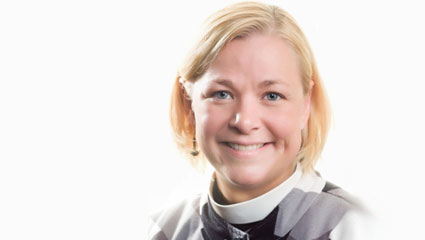While studying music in college, I learned about a man named John Cage.
An innovative 20th century composer, Cage challenged many of the conventional notions about “classical” music. His most famous and controversial piece, 4’33”, consists of a pianist sitting at the piano in silence for four minutes and thirty three seconds. Instead of prepared musical notes, the musical piece is composed of the spontaneous reactions and sounds of the people experiencing the event. One can imagine the awkward coughs, giggles, sighs, and whispers mixing with sounds of plastic wrappers, paper programs, and chairs all in motion.
This piece, like many of Cage’s compositions, provoked listeners to reconsider their definitions of music, sound, and performance. For example, he drew attention to the fact that true silence is nearly impossible to experience. Sound in some form is nearly always present. In addition, during an era when the influence of recordings had begun to value similarity and consistency, he emphasized the unique nature of each performance, as the reactions of two audiences will never be the same. Finally, instead of seeing the audience’s actions as secondary to the performer’s, or even in competition with the performance, Cage focused on their reactions as primary, asking whether, in some way, those sounds weren’t also music.
Lately I’ve been thinking about John Cage with respect to preaching.
First, as a preacher and worship leader, I can speak firsthand to the challenge of creating true silence in a worship setting. It’s impossible, even when a patient leader introduces the concept. Even if every human being manages to remain quiet, the sound of the fans, the furnace, or the cars outside will interrupt. So, even when a roomful of people are focused on a preacher, that preacher’s sermon is part of a much larger conversation, including the thoughts and questions in the heads of the listeners.
Second, the concept of a piece like 4′ 33´ reinforces the idea that each sermon is a separate, distinct event. I believe that the living Word of God interacts with living human beings during preaching. No two congregations will ever hear a text, or a sermon, in the same way. No preacher will ever be able to preach the same sermon twice. This gives us the freedom and confidence to approach a familiar text yet again with the expectation that something new, something unique, will happen.
Finally, I am reminded that the cacophony of sounds that often accompany my sermons is too easily dismissed as “distraction.” People hear the Word of God in the context of their life together, which is diverse and beautiful, but also noisy and confusing. Is it possible that those sounds, coughs, giggles and cries can also convey the presence of God?

